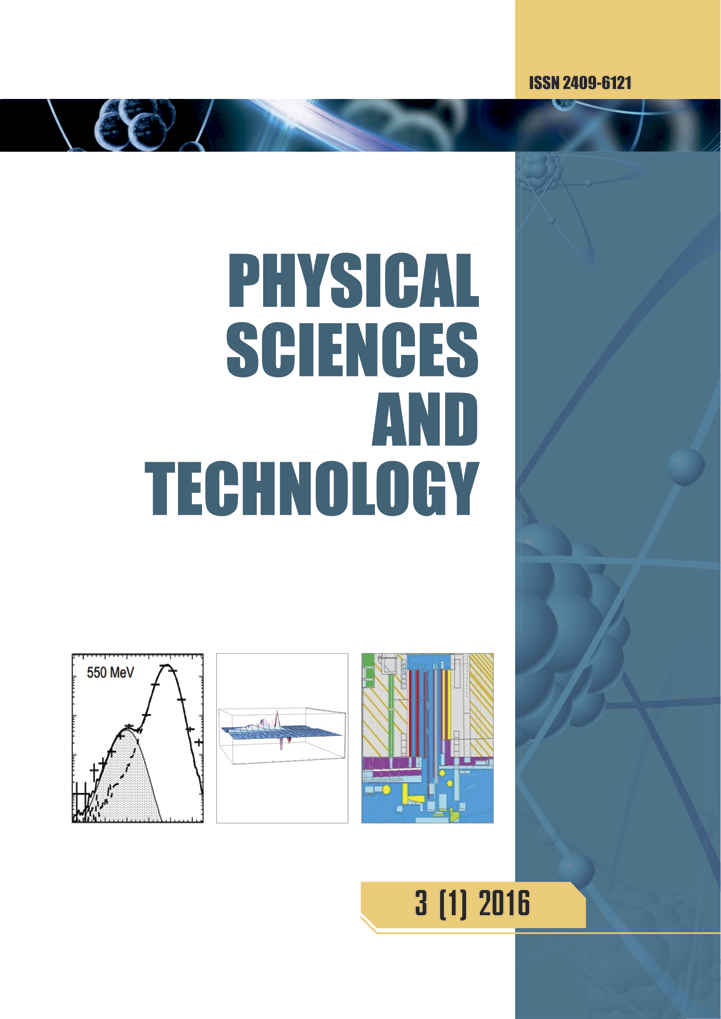Investigation of the low-temperature cyclohexane oxidation
DOI:
https://doi.org/10.26577/phst-2018-2-159Abstract
The existence or non-existence of the negative temperature coefficient (NTC) region in cyclo-hexane
(cyC6H12) oxidation is still an open question in the literature. This paper addresses this issue by presenting
the rapid compression machine (RCM) and shock tube (ST) data and a consistent model to predict ignition
delay times in agreement with experimental data. To this end, a semi-detailed chemical kinetic mechanism
has been updated and improved to study the cyclohexane combustion at both low- and high-temperatures
including polyromantic molecule (PAH) formation. The reaction mechanism is based on the 20 reaction
classes; two of those were newly included in the model: cyclohexenyl peroxy formation and isomerization
of hydroperoxy peroxy radical. For the main reaction classes, uncertainty boundaries of the rate coefficients
have been evaluated. The NTC behavior observed in the RCM experiments was not detected in the ST
measurements and in simulations performed with the developed model. The simulations performed with
other literature models revealed that reaction models, which described the NTC region fixed in the RCM
experiments, were unable to reproduce accurately the shock tube data. It is shown, that the cyC6H12 oxidation
chemistry is controlled by competition between three main reaction pathways over the full temperature
interval. The developed model describes successfully laminar flame speed data and species profiles from
burner-stabilized premixed flames.





